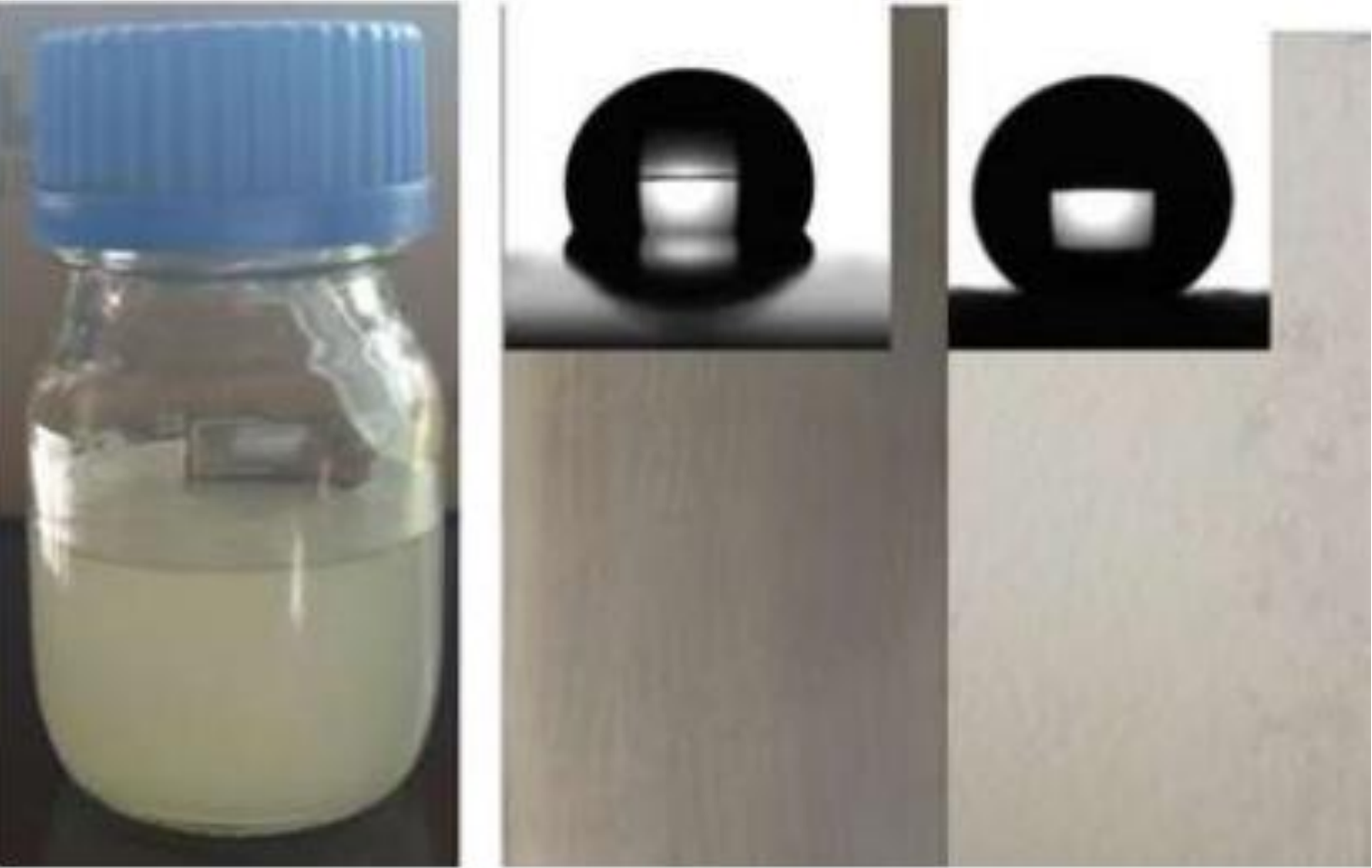发明专利
DE602013048509
2013-11-19
EXXONMOBIL RESEARCH AND ENGINEERING COMPANY
C23C28/04; E21B10/00; E21B17/10; C23C14/02; C25F3/16; C23C14/06; C23C28/00; C23C16/26; C23C16/02; E21B17/00
RAJAGOPALAN, SRINIVASAN, EASTON , HAQUE, TABASSUMUL, DEPTFORD , ERTAS, MEHMET, DENIZ, BETHLEHEM , OZEKCIN, ADNAN, BETHLEHEM , JIN, HYUNWOO, EASTON , ZHAO, BO, ROCHESTER
除非特别说明,本系统中所有内容都受版权保护,并保留所有权利。

周老师: 13321314106
王老师: 17793132604


邮箱号码: lub@licp.cas.cn